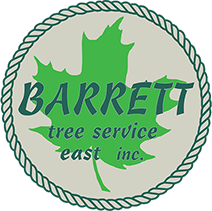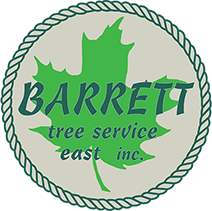Poison ivy is generally identified by shiny three leaves and varies from low growing plants to large woody climbing vines.
Poison ivy is a pervasive and troublesome plant commonly found throughout Greater Boston, not only in forested areas, but often in suburban landscapes and urban environments as well.
Poison ivy is a deciduous plant generally identified by shiny three leaves; however its habit varies from low growing plants to large woody climbing vines. An allergic reaction usually follows exposure to the plant - from touching it or something that has touched it; clothing, tools or even pets.
The urushiol oil contained within leaves, stems and roots causes a variety of reactions in people, from a mild skin irritation and inflammation to severe itching, blistering and oozing sores. Although some exhibit immunity, this may change with age, and a safe practice is to assume susceptibility as urushiol may remain on surfaces, including dead plants and tools, for several years. Handling poison ivy can be very dangerous as stems and roots contain up to 10 times the concentration of toxic oil.
Poison Ivy
BTSE’s experience as the most effective control and safe control of this invasive plant is through the targeted application of a systemic herbicide. Due to the invasive nature of poison ivy, several applications of herbicide over time may be required to eradicate the plant.
Protect yourself by becoming aware of what the poison ivy looks like and check your property for its presence. If you are unsure how to properly identify the plant or want help controlling its spread, contact BTSE and we can develop a program to help keep your property free of this noxious and poisonous plant.
Remember the saying, if the plant has ‘leaves of three, let it be’.



